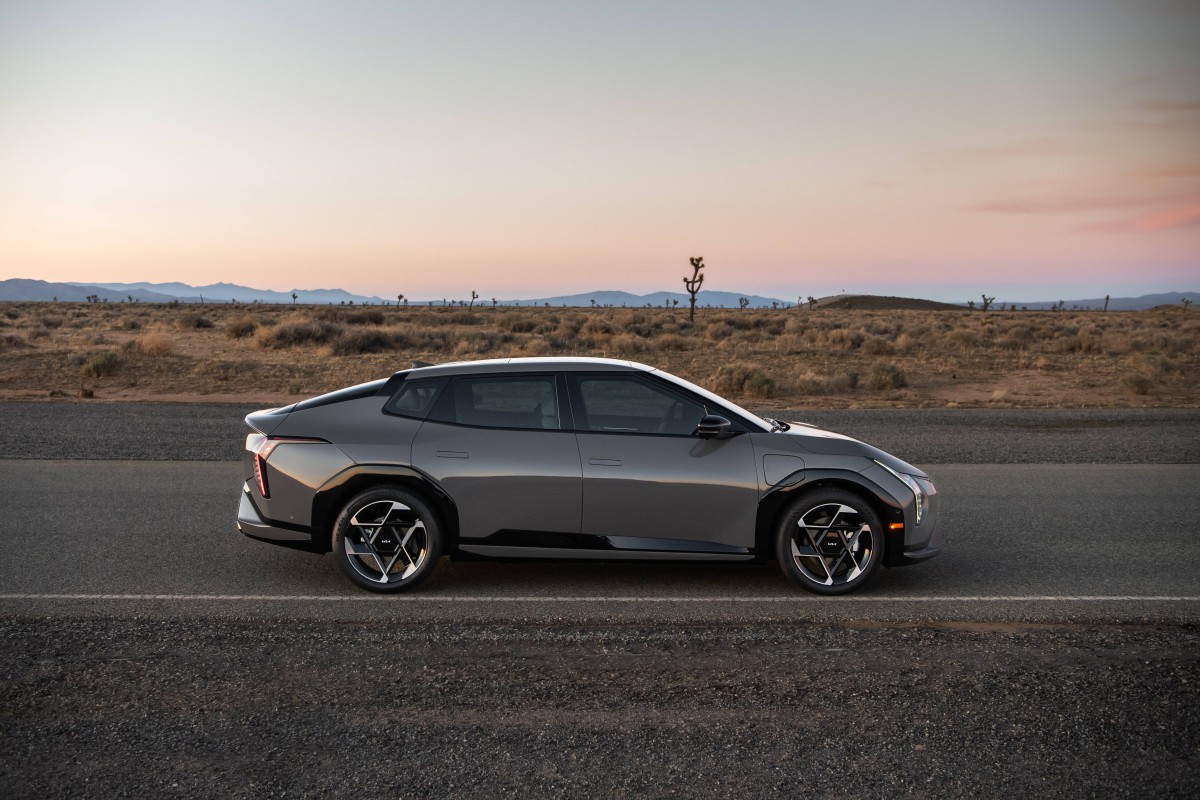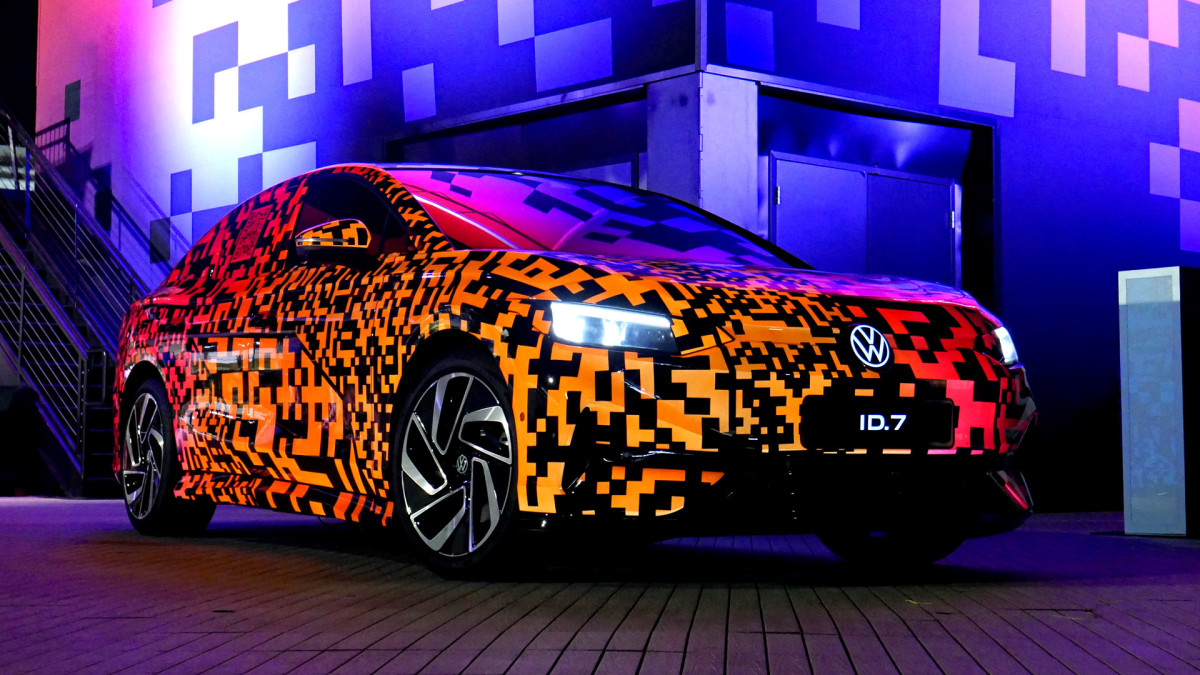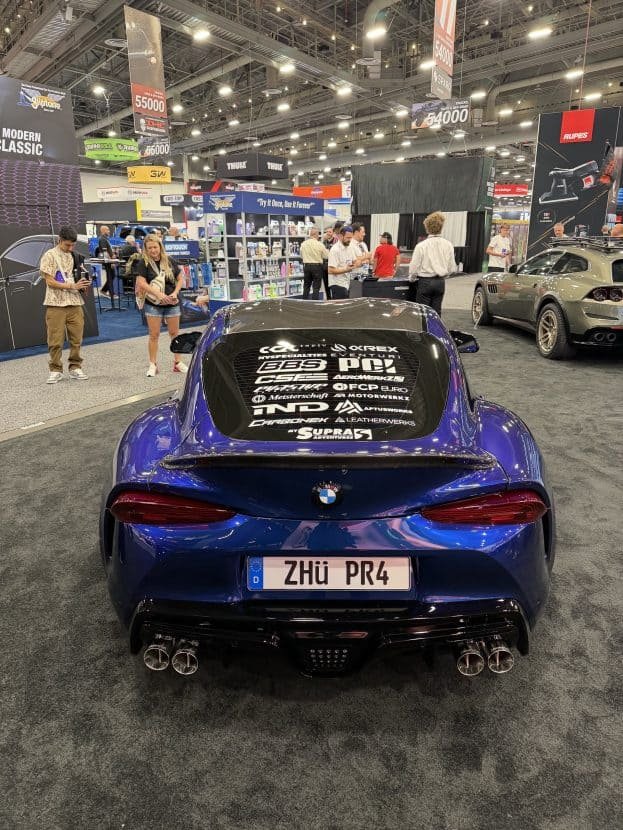A quick glance at the October sales charts reveals that even the most dire forecasts weren’t pessimistic enough when it came to EV demand. And with sales not expected to recover anytime soon, automakers are racing to shift their future vehicle development and production plans.
That includes Kia, the Korean automaker confirming that it will put a “temporary hold” on the launch of the EV4, the next battery-electric model it had planned to bring to the U.S. market next year. But while there is no new date for the launch of the EV3, an official told Autoblog that the smaller electric crossover is set to reach American showrooms later in 2026.

Kia
Related: 2025 Kia K4 Vs. 2026 Kia K5: 5 Major Differences
Plunging EV Demand
The U.S. EV market was expected to take a hit in October. The segment set a record the month before, coming in around 10% of the overall U.S. vehicle market – though the number was artificially inflated with many EV buyers racing to take advantage of federal tax credits before they expired on September 30.

Kia
That pull-ahead affect was seen across the industry, Subaru managed to sell just 13 Solterra battery-electric vehicles last month, down from 1,078 during the same period a year earlier. Sales of the Honda Prologue plunged 81% in October, Hyundai’s Ioniq 5 down 63%.
For its part, sales of the Kia EV6 fell to 666 in October, down from 1,941 a year earlier, while EV9 sales came in at just 508, down from 1,732 in October 2024.
Related: Ranked: The 5 Best-Selling EVs Of The Year So Far
Kia Pulls the Plug

As a result of “changing market conditions for EVs,” Kia told Autoblog that it is putting the launch of the EV4 on “temporary” hold in the U.S. – though the battery-electric sedan is already on sale in the Korean home market. Spokesman James Bell said there was no new date for the EV4 to come to the States, and a number of analysts have forecast the 4-door model is unlikely to ever be offered to American buyers.
There’s another reason, one source close to Kia said on background. There’s simply “not much demand” for sedans in the U.S. anymore, whether powered by electric motors or an internal combustion. That helps explain why Kia is “carrying on” with the U.S. launch of the smaller and less expensive EV3, as spokesman Bell noted. Look for it to reach showrooms later in 2026.
Related: The Death of the Sedan: How SUVs Took Over Your Driveway
An Industry-Wide Shake-Up
James Riswick
Growth in the U.S. EV market began to slow in 2024 after surging roughly 750% from 2019 to 2023. All-electric models began this year with a roughly 8% market share but analysts began paring back earlier forecasts as Pres. Donald Trump came to market. He called for a number of moves designed to reduce demand, among other things curbing distribution of federal funds meant to grow the nationwide public EV charging network. Congress then moved to eliminate EV tax credits as part of the budget bill passed in July.
Even before then, some manufacturers were rethinking EV plans, Volkswagen scrubbing the U.S. launch of the ID.7 sedan. In recent weeks, meanwhile, Stellantis pulled the plug on the all-electric version of the Ram 1500 pickup – though an extended-range version is still coming to market. Last week, General Motors announced production cuts at several EV plants, including Factory Zero in Detroit, impacting about 3,400 jobs.
Due to the “pull-ahead factor,” EV sales are expected to remain severely distressed for the rest of this year. But demand is expected to regain some momentum in 2026, Ed Kim, president of AutoPacific, Inc., anticipates. Market share should reach around 12% by the end of the decade, the research firm forecast recently. That said, this would be barely half of what AutoPacific was forecasting before Trump won last year’s presidential election.
